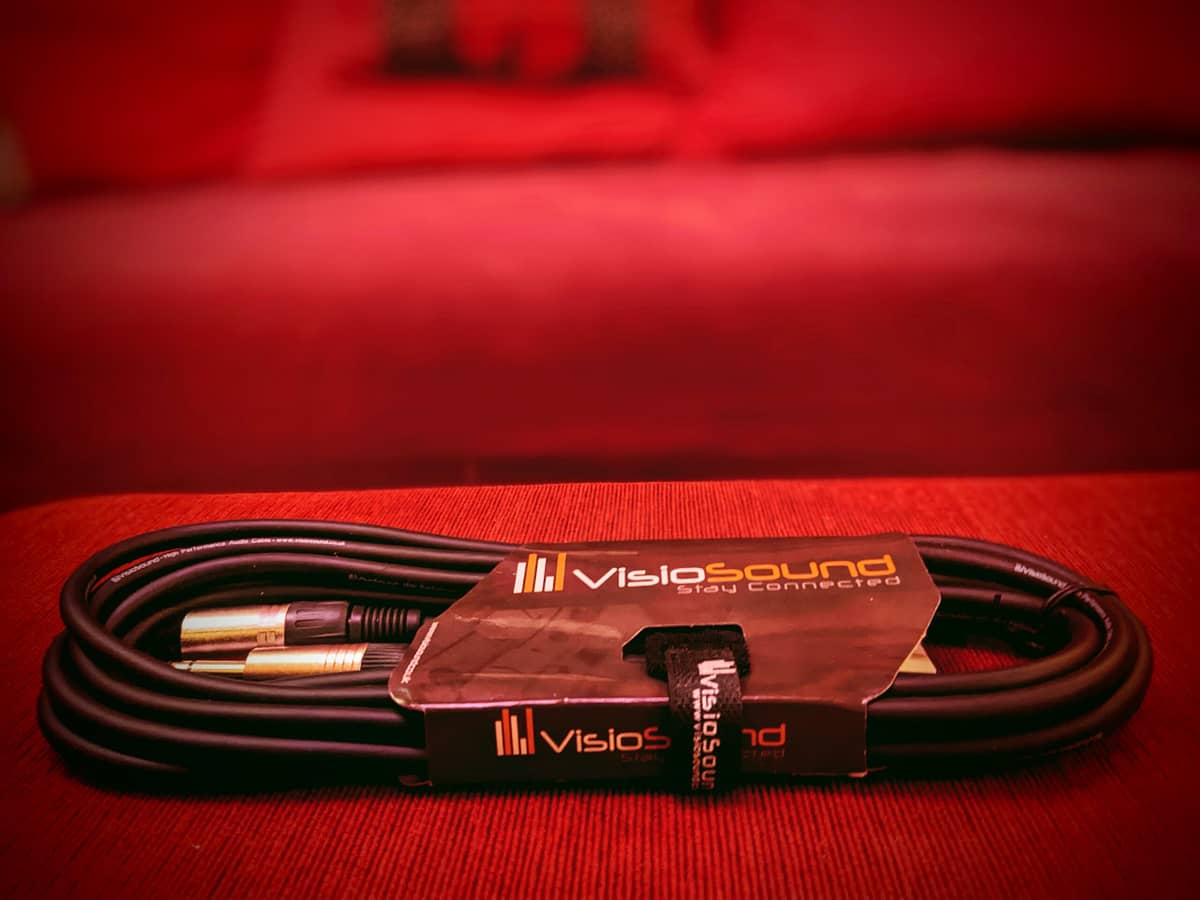Let’s talk about something that often gets neglected in our quest for pristine sound quality: audio cables. We invest a lot of time and money in building our dream audio setups, but we often forget to give proper attention to the lifelines that carry the music to our ears. Fear not, though! Today, we’re going to dive into the world of cable care and explore some tips to keep those audio cables working like a charm for a long, long time.
- Handling with Tender Loving Care: First things first, let’s start with the basics. When handling your audio cables, make sure to do it with gentle hands. Avoid yanking, twisting, or bending them excessively. Remember, cables have feelings too! Treat them kindly, and they’ll reward you with uninterrupted sonic pleasure.
- Say No to Knots: Oh, the dreaded knot! It’s the bane of every cable’s existence. Resist the temptation to tie your audio cables into intricate knots. Knots can strain the internal wiring and lead to signal degradation. Instead, opt for proper coiling techniques. A loose over-under coil or a figure-eight wrap works wonders in keeping your cables tangle-free and in great shape.
- Mind Your Connectors: Connectors are like the gateway to audio bliss, so it’s crucial to keep them in tip-top condition. Regularly inspect your connectors for any signs of wear or corrosion. If you spot any issues, give them a gentle clean with a soft cloth and a bit of contact cleaner. And remember, when connecting or disconnecting cables, hold them by the plugs, not by the cable itself. This reduces strain on the cable and keeps those connectors snug and secure.
- Cable Storage: When it comes to storing your cables, it’s best to avoid chucking them into a tangled mess in a dusty corner. Invest in cable management solutions like cable ties or Velcro straps to keep them neatly organized. Coiling your cables and storing them in a dedicated cable bag or case helps protect them from physical damage, dust, and unwanted critters. Plus, it saves you the hassle of untangling a labyrinth of cables every time you want to listen to music.
- Steer Clear of Extreme Conditions: Audio cables aren’t fond of extreme environments. Keep them away from excessive heat, cold, moisture, and direct sunlight. Extreme temperatures can affect the insulation and overall performance of the cables. Avoid placing them near radiators, heaters, or air conditioning vents. Instead, provide them with a cozy and moderate environment where they can thrive.
- Regular Check-Ups: Just like visiting the doctor for regular check-ups, your audio cables deserve some attention too. Periodically inspect them for any signs of wear and tear. Look out for cuts, frayed ends, or exposed wiring. If you spot any damage, it’s best to replace the cable or get it repaired promptly. Prevention is key to keeping your cables in excellent working condition.
By following these simple tips, you can extend the lifespan of your audio cables and ensure a seamless listening experience for years to come. So, take a moment to show your cables some love and care. They are the unsung heroes that bridge the gap between you and your favorite tunes. Happy listening!

WHAT`S THE DIFFERNCE BETWEEN CHEAP AND EXPENSIVE CABLES?
- Build Quality: One of the primary factors influencing the price of audio cables is the quality of materials used in their construction. Expensive cables often feature high-grade materials such as premium metals for conductors (e.g., silver or gold), superior insulation materials, and robust connectors. These materials not only enhance the cable’s durability but also contribute to better signal transmission and reduced interference. Cheaper cables, on the other hand, may utilize lower-quality materials to keep costs down.
- Engineering and Design: Cables that have undergone extensive engineering and design work tend to be pricier. Manufacturers invest in research and development to create cables with advanced features like improved shielding, better noise rejection, and optimized signal flow. These design considerations can result in enhanced audio quality and a more immersive listening experience. Cheaper cables, though functional, may not have the same level of meticulous engineering behind them.
- Brand Reputation: Brand reputation plays a significant role in pricing. Established and reputable brands often command higher prices due to their track record of delivering quality products. Lesser-known or generic brands may offer more affordable options but might not have the same level of brand recognition or consistent quality control.
- Marketing and Packaging: The cost of marketing and packaging can also impact the price of audio cables. Extensive marketing campaigns, endorsements, and elaborate packaging designs can add to the overall cost. These expenses are usually factored into the retail price, resulting in higher-priced cables. In contrast, less marketing-intensive brands may be able to offer their products at a more affordable price point.
- Subjective Factors: It’s worth noting that audio perception is subjective, and personal preferences vary. Some individuals may claim to hear noticeable differences between expensive and cheaper cables, while others may not perceive a significant disparity. The debate over whether expensive cables offer tangible benefits or if it’s just a placebo effect continues among audio enthusiasts. Ultimately, it’s up to each individual to decide what they believe makes a noticeable difference in their listening experience.
In summary, the price variation in audio cables can be attributed to factors such as build quality, engineering, brand reputation, marketing expenses, and subjective perceptions. It’s important to strike a balance between your budget and your desired level of audio quality when choosing cables. Ultimately, what matters most is that you enjoy your music and have a great audio experience, whether you opt for a budget-friendly option or invest in a higher-priced cable.




